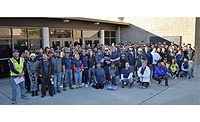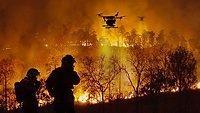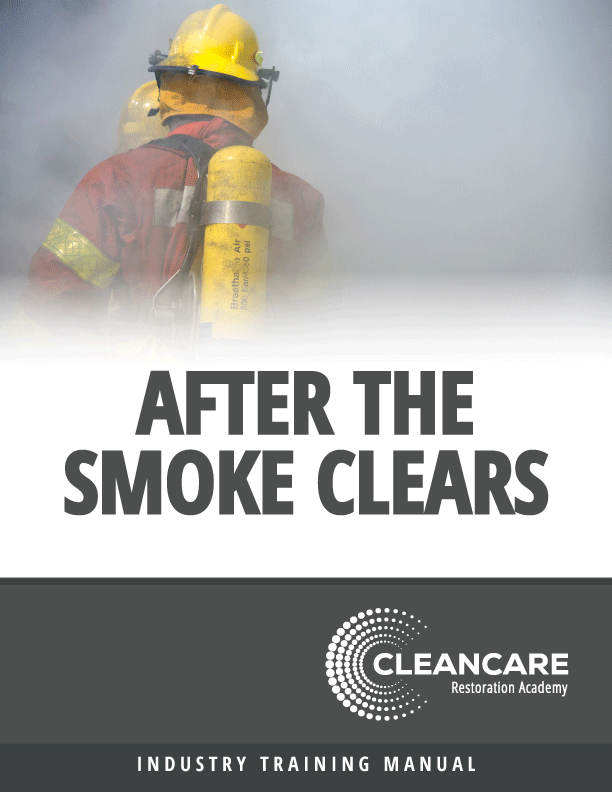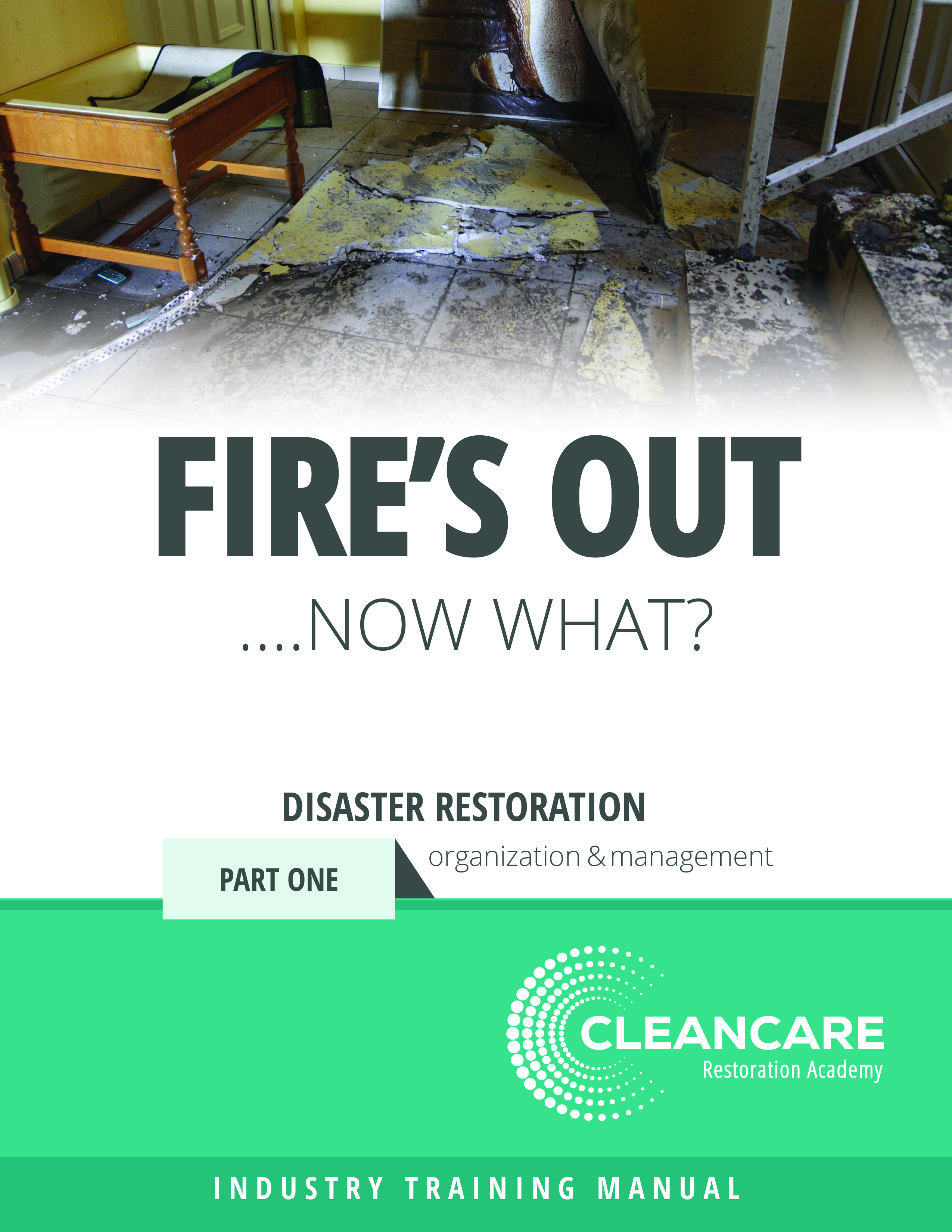The Rising Dangers of Wildfires

Photo: First Onsite Restoration.
Picture the scenario where you must suddenly abandon everything, gather your children and abandon your work and home. This specter has become a terrifying reality for thousands as wildfires rage across Canada and the U.S. Northwest.
This summer, Jasper National Park in Alberta was fully evacuated because of a monster fire that torched one-third of the town’s buildings. In the United States, a flood of evacuations has happened, first due to Northern California’s Park Fire and more recently, thousands fled their homes as the Line Fire ripped through nearly 40,000 acres.
Whenever major fires threaten homes or businesses, there is a risk of evacuation, lost buildings and a looming threat of business interruption. The early start and frequency of this year’s fires are chilling, and the unpredictability of these blazes troubles many people.
The top piece of preparedness advice is awareness — always listen to authorities. If a community is on evacuation alert, residents must be ready to go, equipped with a full tank of gas and a packed bag. Moving quickly can save lives.
Beyond the flames, tens of millions of people are under air quality advisories as toxic air from wildfires infiltrates Southern California. Wildfire smoke can be carried hundreds or thousands of miles, far beyond where the fires take place. In smoke-affected areas the drastic change in air quality poses a significant threat to people and businesses.
We often see smoke particulate levels in the air that are 30 or 40 times the normal safe limit because of wildfire smoke. For business owners, employees and residents, breathing in this smoke can be dangerous; providing clean air for employees, customers, tenants and residents is a priority. Employers can take steps to protect workers by allowing flexible work schedules on low air quality days and installing additional air scrubbing equipment.
Wildfires have also highlighted the risks of fire and smoke damage to commercial and residential properties and building structures.
Safeguarding the health of a community
As wildfires continue to grow more destructive and more intense at greater frequency, smoke and soot will continue to create problems for areas that otherwise go untouched by the flames. That means an increase in risk to the health and safety of the elderly, young children, and individuals with respiratory conditions.
With the sustained heat and dry conditions, North America has experienced several of the most damaging wildfire seasons in the last 10 years. A wildfire’s footprint is much larger than what can be seen with the naked eye. If smoke impacts a community for long, it can contaminate properties, and the long-term costs can devastate communities and local economies.
Soot and smoke can be major contributors to costly property damage during a wildfire, and the longer surfaces exposed go untreated, the more damage they will likely incur. Air quality must addressed through the usage of proper air filtration devices.
In these poor air quality situations, there are most likely unsafe levels of soot. Soot is made up of flakes of matter that did not burn completely during the wildfire. Smoke then carries this soot to the far-reaching areas impacted by poor air quality.
Using an air filtration device can help remove particulates from the air. When choosing an air filtration device for wildfire smoke, note that the most efficient devices have a HEPA filter and a large fan. HEPA filters can reduce particle concentrations by as much as 85 percent, according to the EPA.
Smoke contamination can travel to areas of property and/or belongings that may not be visible to the untrained eye. Smoke is attracted to the coldest areas of a property. These will be the areas that suffer the most damage. When cleaning, it’s important to remember the immediate environment may not be safe. Always protect any staff or suppliers before beginning cleanup by wearing a disposable dust mask, or a respirator and gloves.
Looking Ahead
Many lessons have been learned from disastrous wildfires, like the 2016 Fort McMurray wildfire that caused damage to buildings, income, and environment – at a loss of nearly $9 billion. As we continue to build and expand our cities, we need to consider how our surroundings and environments can be more resilient to catastrophic events.
Threatening wildfires and other catastrophic events provide an opportunity to re-shape our thinking about how our communities are planned and constructed to provide a safer, more sustainable environment.
Looking for a reprint of this article?
From high-res PDFs to custom plaques, order your copy today!










